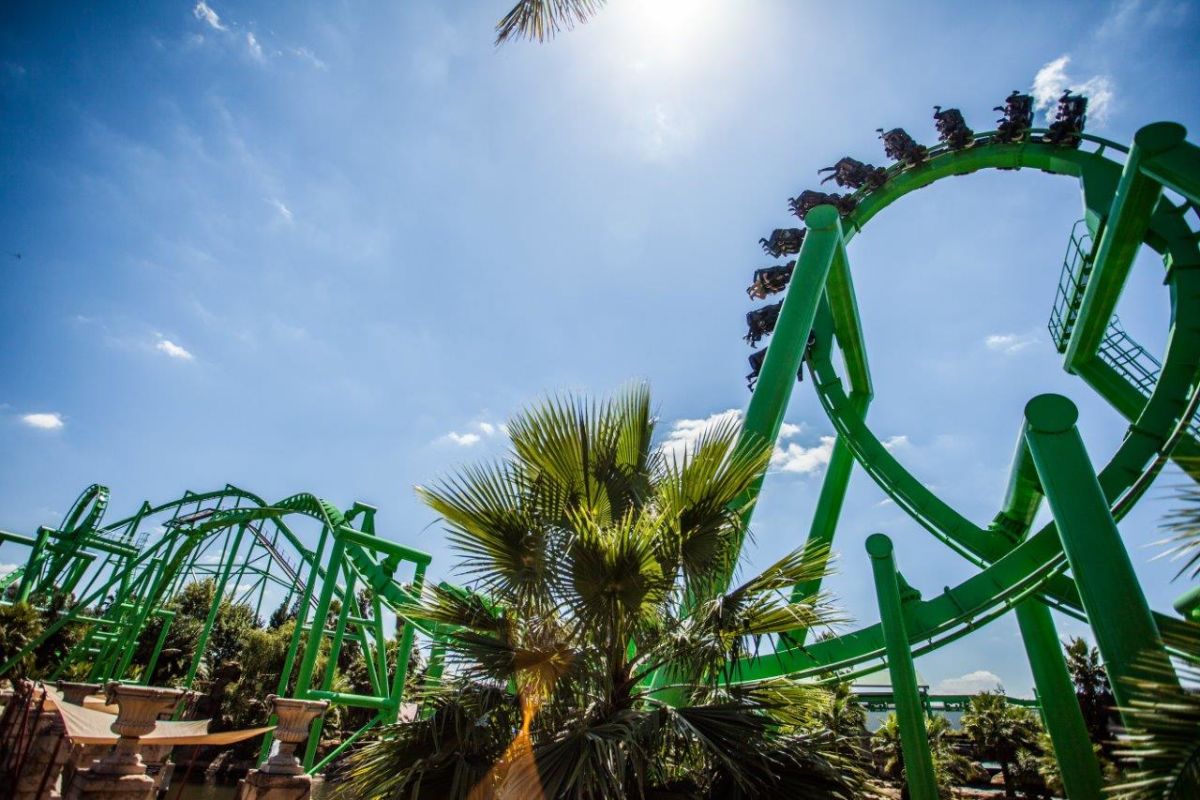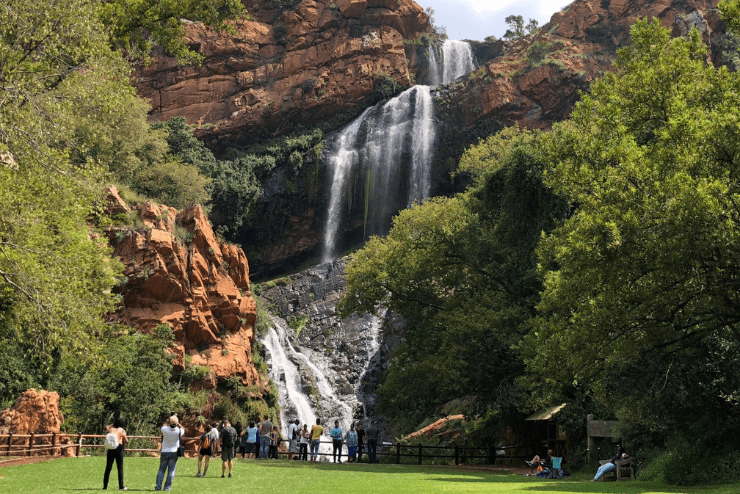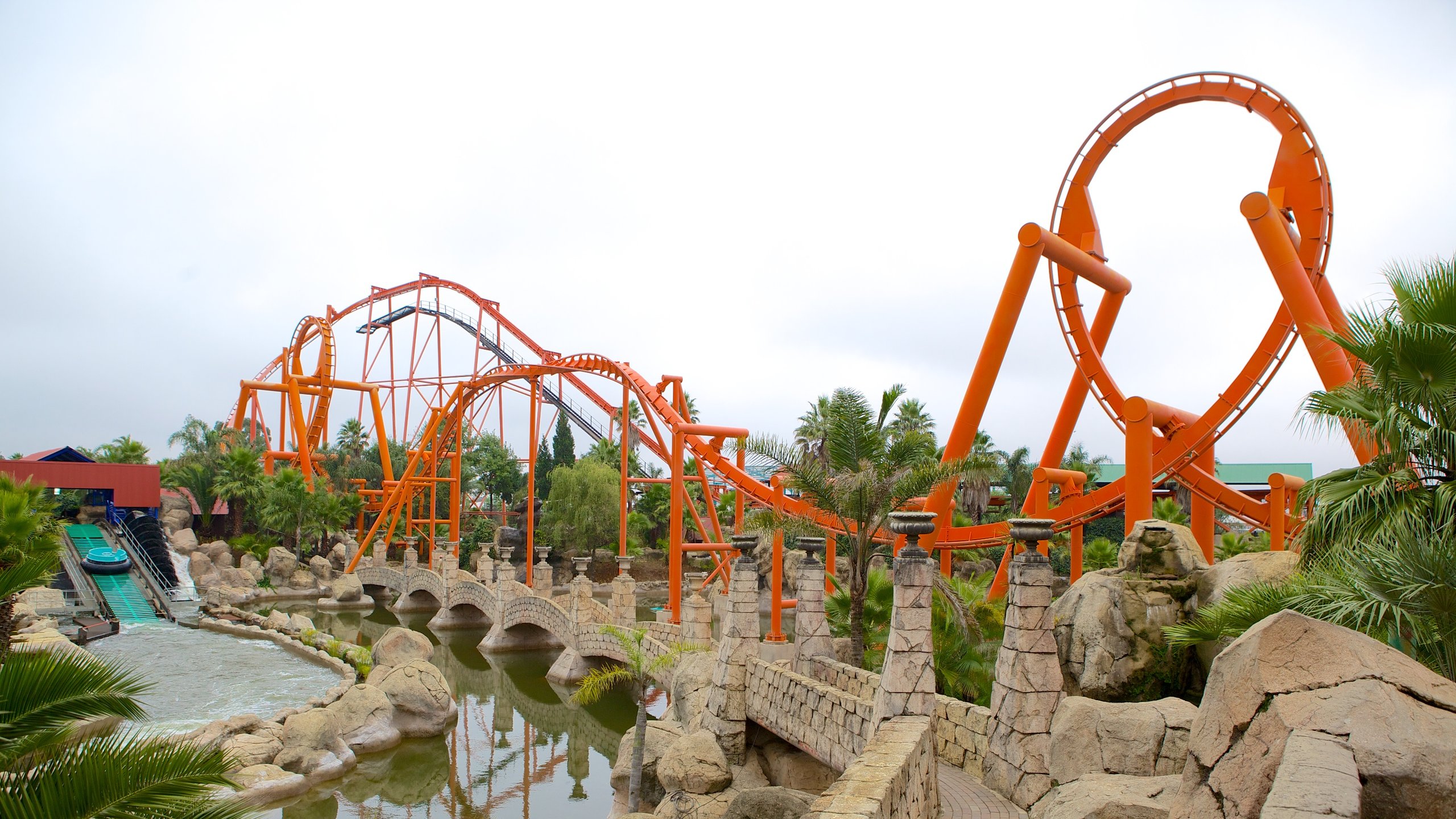Some Known Questions About Johannesburg North Attractions.
Some Known Questions About Johannesburg North Attractions.
Blog Article
Things about Johannesburg North Attractions
Table of ContentsJohannesburg North Attractions - An OverviewSome Ideas on Johannesburg North Attractions You Need To KnowJohannesburg North Attractions for BeginnersHow Johannesburg North Attractions can Save You Time, Stress, and Money.Indicators on Johannesburg North Attractions You Need To KnowAll About Johannesburg North AttractionsJohannesburg North Attractions for Beginners
However you should maintain protection in mind and vacationers need to remain alert at all times when in strange surroundings. Speak with the residents when you are in community to learn about the location you are remaining in. Johannesburg North attractions. When on the street (this doesn't relate to buying malls and other secure atmospheres) best basic advice is to try your best to appear like a neighborhood and to avoid showing any form of wide range
Johannesburg North Attractions Fundamentals Explained
Professor Revil Mason O. J. (Thomson, 1946) checked out the Witwatersrand's pre-colonial background. His archaeological work took off the 'em pty land' misconception, according to which the area was lacking human habitation before the arrival of European settlers. In his publications Prehistory of the Transvaal: A Record of Human Activity (1962) and Beginnings of Black Individuals of Johannesburg and the Southern Western Central Transvaal Advertisement 3501880 (1986 ), Teacher Mason showed the level of social and economic development in the area before Europeans established foot below.

A Biased View of Johannesburg North Attractions
In 1878, David Wardrop discovered gold in quartz capillaries at Zwartkop, north of Krugersdorp. In 1881, Stephanus Minnaar came throughout gold on the ranch Kromdraai, near the Cradle of Mankind.
In March 1886, an outcropping (soon to be called the Main Coral reef) was discovered, fairly luckily, on Gerhardus Oosthuizen's farm Langlaagte. Some claim that the Lancastrian coal miner George Walker uncovered this reef. One more travelling English miner, George Harrison (who had actually previously operated in Australian mines) obtained a prospecting permit in respect of Langlaagte in May 1886.
He decided to relocate on in a pursuit for greener fields, and disposed of his Langlaagte claim for the baronial sum of 10. Alas: under lay the wealthiest goldfield ever located. The discovery of this abundant auriferous coral reef provoked a gold thrill that signified completion of bucolic tranquillity in the southerly Transvaal.
It would certainly, within six years, end up being the biggest town in southerly Africa. Within a decade, it would make the Z. A. R. until then an anarchical and bankrupt little state the most affluent nation in Africa. By the millenium, the Z. A. R. was to exceed Russia, Australia and the USA of America to end up being the globe's leading gold producer, generating more than a quarter of the world's gold.
All About Johannesburg North Attractions
It was called Ferreira's Camp, called after Colonel Ignatius Ferreira. He was a Boer adventurer upon whom the British authorities had actually bestowed the condition of Companion of the Many Differentiated Order of St Michael and St George (entitling him to the post-nominal letters C. M. G.) in gratitude for his duty in the battle that had deposed the Pedi king Sekhukhune in 1879.
Two visit various other camps were developed: Meyer's Camp on the ranch Doornfontein, and Paarl Camp. The latter was nicknamed Afrikander Camp; several people from the Cape Colony settled there.

Some Known Incorrect Statements About Johannesburg North Attractions
This name obtained currency by word of mouth, such that the State Assistant verified the name to the Mining Commissioner on 9 October 1886. Stands in the village were auctioned on 8 December 1886. While some stands were cost 10, others were torn down for as little as sixpence.
Two years later on, these erven were to change hands for as long as 750 each. The tented camps decreased as a dorp of corrugated iron buildings developed and expanded north of the mines located along the Key Coral Reef Road. Locations such as Jeppe's Town (where working-class immigrants erected their residences) and Doornfontein (where the upscale brand-new 'Randlords' began to create their luxurious residences) were quickly included to the ever-expanding map of the community.
Rumored Buzz on Johannesburg North Attractions
Aside from the road names, there were no indicators of Johannesburg being situated in a Dutch-speaking country. Several years later on, C. W. Kearns O. J. (among the initial children signed up at St John's University in 1898) would certainly remember: 'A strange truth regarding Johannesburg was that, although it remained in the [Boer Republic], virtually everyone talked English and also the Federal government servants resolved one in English, unless they were first resolved in the Taal (or Reduced Dutch)'.
Thus, Britain had an interest in making sure optimum problems for gold manufacturing on the Witwatersrand, and that the gold was exported to continue reading this London as opposed to Berlin a critical made all the much more clamant by the Z. A. R - Johannesburg North attractions.'s increasing toenadering with Germany. Mine proprietors got on an accident program with President Kruger, whose plan of monopolistic concessions (frequently given to his cronies) protected against mining business from obtaining supplies of products (particularly dynamite) and labour on their own, more affordable terms
What Does Johannesburg North Attractions Mean?
In 1890, the Volksraad had restricted the franchise to white men who had actually lived in the Z. A. R. for fourteen years or longer, thus disqualifying most of the immigrants (that took place to be the major factors to the fiscus). Nevertheless, frustration for the vote was a mere pretext for advertising a different program; most uitlanders regarded themselves directory as short-term site visitors and had no intention of staying in the Z.
Report this page